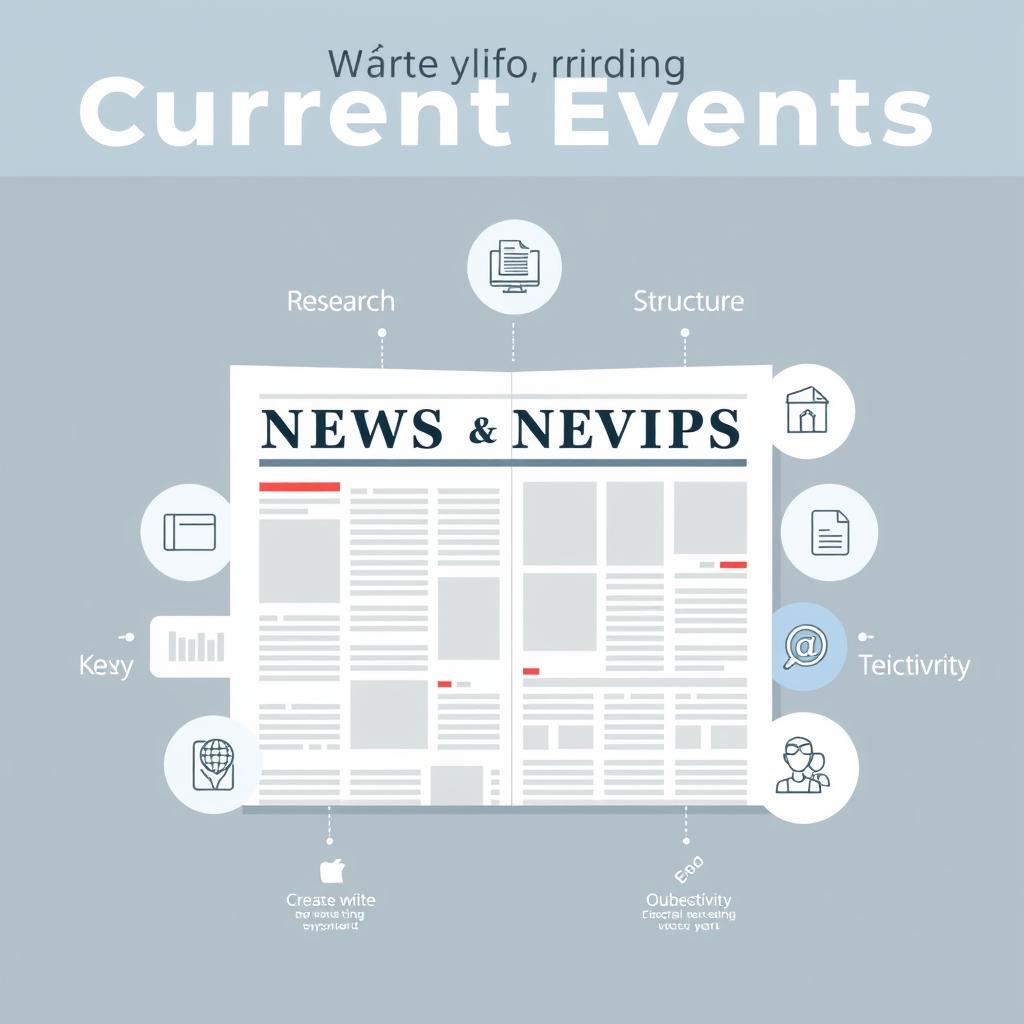How to Write a Professional and Informative Event Summary
Introduction
Are you tasked with summarizing an important event but unsure where to start? Writing a clear, concise, and factual summary is crucial for conveying key information effectively. In this guide, we’ll walk you through the essential steps to create a well-structured event summary that captures all the necessary details while maintaining objectivity and clarity.
Understand the Event
Before diving into writing, it’s vital to fully grasp the event itself. This foundational step ensures your summary will be accurate and relevant.
- Who: Identify the key individuals or groups involved in the event. Are there notable speakers, attendees, or organizers?
- What: Clearly define the nature of the event. Is it a conference, workshop, product launch, or something else entirely?
- When: Note the date(s) and time(s) of the event. Was it a one-time occurrence or part of a series?
- Where: Specify the location—whether physical (city, venue) or virtual (platform used).
- Why: Understand the purpose or significance of the event. What was its goal, and why does it matter?
By answering these questions, you’ll have a solid framework for organizing your summary.
Research Reliable Sources
To ensure accuracy, rely on credible sources when gathering information about the event.
- Credible News Outlets: Look for reports from reputable news websites, official press releases, or statements from authoritative figures.
- Official Event Materials: Review any program guides, agendas, or summaries provided by the organizers.
- Social Media Channels: While less formal, social media can offer real-time updates and firsthand accounts if verified against other sources.
Avoid unverified or biased sources to maintain the integrity of your summary.
Structure Your Summary
A well-structured summary makes it easy for readers to follow along and absorb the information.
- Introduction (H3): Begin with a brief overview of the event, including its name, date, and primary objective. Capture the reader’s attention with a compelling opening sentence.
- Main Points (H3): Break down the most important aspects of the event into distinct sections. Highlight key moments, discussions, or outcomes.
- For example:
- Keynote speeches
- Panel discussions
- Audience engagement activities
- Any significant announcements or results
- Conclusion (H3): Summarize the overall impact or takeaway of the event. Reflect on its importance and potential future implications without introducing new information.
This structure keeps your summary organized and reader-friendly.
Be Objective
Maintaining objectivity is critical when writing a professional event summary.
- Stick to the facts and avoid injecting personal opinions or interpretations.
- Use neutral language and refrain from using emotionally charged words.
- If quoting participants or speakers, attribute their statements clearly to avoid misrepresentation.
An objective tone builds trust with your audience and ensures your summary remains impartial.
Edit for Clarity
Even the best-written summaries require careful editing to eliminate errors and improve readability.
- Conciseness: Remove unnecessary words or phrases to keep your summary focused and to the point.
- Grammar and Syntax: Proofread for grammatical mistakes, punctuation errors, and awkward sentence structures.
- Flow: Ensure each section transitions smoothly into the next, creating a cohesive narrative.
Consider having someone else review your work for fresh perspectives and additional feedback.
Writing a professional event summary doesn’t have to be daunting when you follow these guidelines. By understanding the event, researching reliable sources, structuring your content effectively, staying objective, and editing meticulously, you can produce a polished summary that informs and engages your audience.
Ready to put these tips into practice? Start with your next event and see how much more confident and effective your summaries become!







